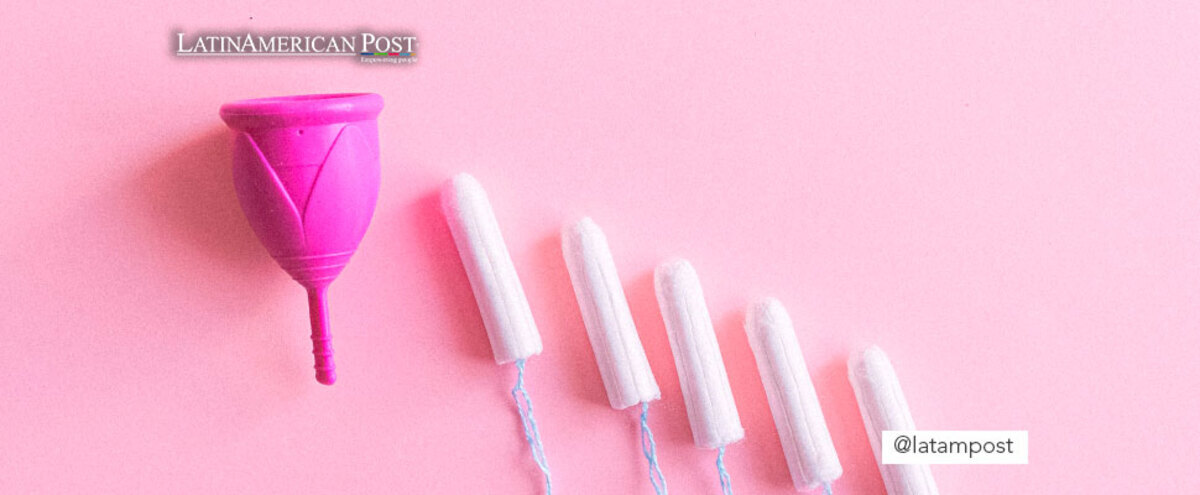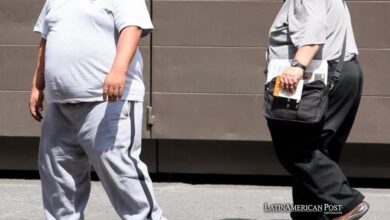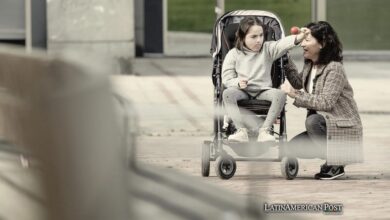Ecofriendly Menstruation: How to Choose the Best Menstrual Product?
According to the World Health Organization, a Woman During her Fertile Life uses Around 15,000 Disposable Pads and Tampons, which Take 500 Years to Decompose. However, There are more and more Sustainable Alternatives.

Photo: Unsplash
LatinAmerican Post | Julieta Gutiérrez
Listen to this article
Leer en español: Menstruación ecofriendly: ¿Cómo elegir el mejor producto menstrual?
It is no secret to anyone that plastic has permeated modern life and the traditional products that have been created for menstruation are no exception. Approximately since the 20th century, these sanitary products have been designed with various types of chemicals, some highly toxic, such as polypropylene, which is a type of plastic material, petroleum, and superabsorbent polymers. In addition, the cotton with which these sanitary products are manufactured is treated with cellulose and glyphosate, which causes large felling of trees, affecting the habitat of many species.
All this makes both feminine pads and tampons practically impossible to recycle, since most of this waste ends up in landfills to be burned, thus generating polluting gases or simply ending up affecting the oceans.
Furthermore, the environmental consequences are not the only worrying factors. Well, due to the toxic components that make up these medical devices; There have been serious health problems for women who consume them. According to a study published by Harvard University, cases of dermatitis from contact with sanitary napkins are frequently reported. There is also toxic shock syndrome (TSS), a disease that presents with fever, shock, and problems with various organs of the body caused by contact with feminine hygiene products that harbor bacteria, usually tampons.
On the other hand, there are many women who need to meet their intimate needs in their daily lives and not all of them have access to them. According to a study conducted by Harvard University, "on any given day, more than 300 million women around the world have their period." This great demand has led to the creation of different types of feminine products that can help solve environmental and health problems.
For this reason, here at Latinamercan Post we will tell you some advantages and disadvantages of different feminine hygiene products so that you can find and that best suits your needs. In addition, we will tell you about the most environmentally friendly alternatives.
Sanitary towels:
This product has a great advantage and it is that its use is simple and superficial. By simply placing it over your panties, you avoid inserting it into your body, which many women prefer, as penetration can be painful or uncomfortable. However, as we mentioned before, cotton and other fibers are designed with a large amount of chemicals such as dioxin and chlorine. These, if used for 20 or 30 consecutive years, could lead to ovarian cancer. Not to mention that this product is not biodegradable and causes great environmental damage.
Female tampons:
Tampons have several advantages such as their absorbent capacity, since they capture the flow before it comes out. This undoubtedly makes them a product that is proof against uncomfortable stains. They are also easy to carry items and are very discreet. On the other hand, tampons can cause Toxic Shock Syndrome (TSS), because like feminine pads, they have a large number of chemicals that even make them more aggressive than pads, because they have direct contact with the vaginal walls. Not to mention that these products also generate countless non-degradable waste.
We recommend you read: Interview: Is breast pain normal? What signs should alarm?
More eco-friendly alternatives
Menstrual cup:
This is undoubtedly one of the best products created for menstruation. Unlike tampons, menstrual cups do not absorb anything but simply retain fluids, reducing the risk of Toxic Shock Syndrome (TSS). In addition, they are made of surgical silicone, that is, they do not have any type of chemical that affects your body. They are also eco-friendly products, as they can last up to 10 years if properly cared for.
On the other hand, although it does not have many disadvantages, it does have a few drawbacks. Fitting for many women can be difficult at first, as insertion can be uncomfortable or painful in the first few months of use. Likewise, it is necessary to take precautions with the cleaning and sterilization of it. In addition, it is important to buy a glass with health safety certifications.
Menstrual panties:
Menstrual panties have the ability to adapt to heavy or light flows. They serve for all types of bodies and there are different types of sizes and preferences. In addition, they have a shelf life of two to five years and are very easy to use. However, one of its disadvantages is that you probably need to change your underwear more than once a day and its price can also be a bit expensive.
Cloth towels:
These types of products are developed with biodegradable fabric that has absorbent cotton fibers inside. Also, they have a shelf life of five years, which will save you a lot of money and also help you take care of the environment. However, sometimes accidents can happen as these can move around and could cause some uncomfortable stains.
Menstrual sponges:
Menstrual sponges or vaginal sponges have aroused public interest for both their advantages and disadvantages. Well, this type of feminine product does not leave any type of residue in the vagina and has great flexibility that allows it to adapt to any type of body. However, a study by the University of Iowa Laboratory found that much of the menstrual sponge contained particles of sand, bacteria, yeast, and mold. What considered them a product of significant risk to the health of women. Therefore, according to the investigation carried out by the Laboratory, these products must require approval prior to marketing.




